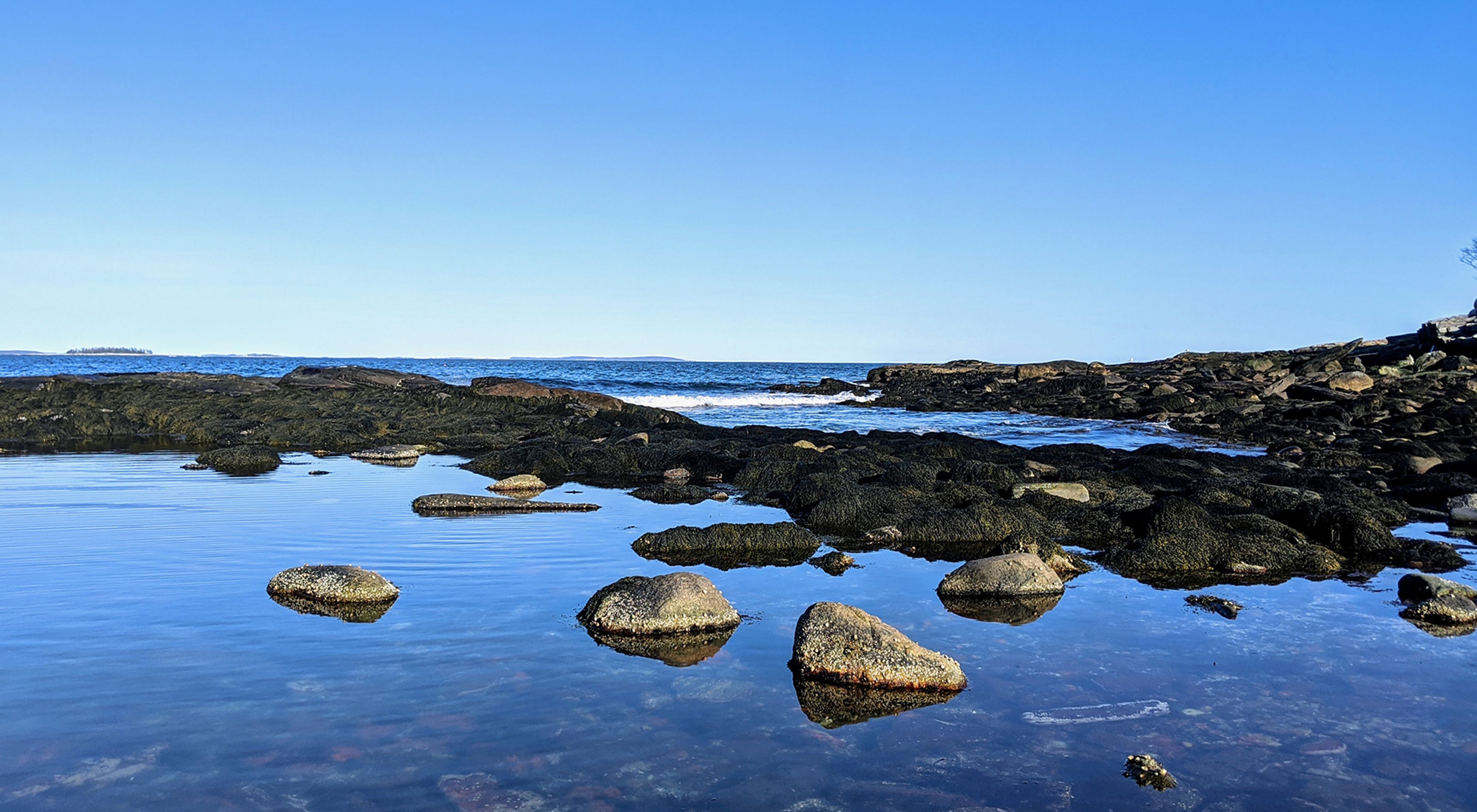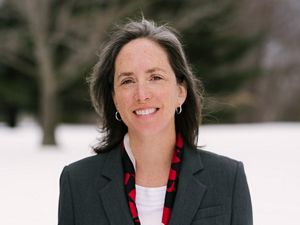Walking in Rachel Carson's Footsteps
The icon who launched the contemporary environmental movement also helped create The Nature Conservancy in Maine.
Rachel Carson and Maine
Rachel Louise Carson (May 27, 1907 – April 14, 1964) was an American marine biologist and nature writer whose work is credited with advancing the global environmental movement.
Carson started her career as a biologist in the U.S. Bureau of Fisheries, until she became a full-time nature writer in the early 1950s. The mystique of the sea and its creatures captivated her at an early age, and the Maine coast particularly inspired her. Beginning in 1952, she summered on Southport Island. Nearby on the shores of Muscongus Bay, she came often to a salt pond, a bit of the sea left behind every time the tide recedes.
It was from this quarter-acre salt pond that she gathered material for her book The Edge of the Sea (1955)—kelp, sea colander, dulse, dogwinkles, periwinkles, brown-green knotted wrack and rockweed, blue mussels, green crabs and red, blue and green Irish moss. Today, The Nature Conservancy’s Rachel Carson Salt Pond Preserve is located at this very spot, and people still find wonder in the vibrant sea life here and along the entire Rachel Carson seacoast.
In the late 1950s, Carson turned her attention to conservation and the environmental problems caused by synthetic pesticides. This interest inspired her most well-known book, Silent Spring (first published in 1962), which brought environmental concerns to an entirely new level in the national dialogue. Silent Spring spurred a reversal in national pesticide policy—leading to a nationwide ban on DDT and other pesticides. It is also credited with launching the contemporary environmental movement, which led to the creation of the Environmental Protection Agency in 1970. Carson was posthumously awarded the Presidential Medal of Freedom by Jimmy Carter.
Rachel Carson and The Nature Conservancy
Rachel Carson was living on Southport Island at the time she helped found the Maine Chapter of The Nature Conservancy. On a spring day in 1956, Carson and a handful of concerned citizens gathered at the Wiscasset Inn on the Maine coast to discuss the threats they saw around them and consider what could be done. Every idea had promise but none seemed likely to succeed. Then Rachel Carson spoke.
“What about The Nature Conservancy?” she asked. “It is the only group I know which is doing something practical about actually preserving areas.”
Quote: Rachel Carson

What about The Nature Conservancy? It is the only group I know which is doing something practical about actually preserving areas.
Her suggestion carried the day and the band of concerned citizens petitioned the young organization for a chapter. By that fall, The Nature Conservancy had founded its fourth state chapter. Carson became the founding chairman and remained honorary chairman until her death.
Rachel Carson's Legacy in Maine
Carson’s legacy of conservation continues to this day: At her direction, royalties from Silent Spring have helped TNC protect the Rachel Carson Salt Pond Preserve in New Harbor, where she researched her 1955 book Edge of the Sea. This spot acts as a lasting memorial to Carson’s tireless work for nature.
After her passing, TNC transferred conservation lands to the U.S. Fish and Wildlife Service that, along with a collection of other parcels, became the Rachel Carson National Wildlife Refuge to further protect valuable salt marshes and estuaries for migratory birds. The refuge consists of eleven divisions dispersed along 50 miles of coastline between Kittery and Cape Elizabeth, and currently totals over 5,300 acres.
The refuge is located along the coast and within a transition zone between the eastern deciduous forests of New England and the northern boreal forest. This results in a unique mix of habitats—forested uplands, barrier beaches and dunes, coastal meadows, tidal salt marshes and the distinctive rocky coast—that host a fascinating assortment of plants and animals.
The Nature Conservancy in Maine continues to be grounded in the scientific approach to conservation that was the hallmark of our most prominent founder’s work. Since our inception, we have been inspired by her spirit to break new ground in the fields of environmental science and conservation ecology.
This ability to imagine new solutions to environmental challenges—then act boldly based on sound science—continues to define our work today. Our mission is still guided by the prescient pioneer who called our attention to human impacts on nature over seventy years ago.
We Can’t Save Nature Without You
Sign up to receive monthly conservation news and updates from Maine. Get a preview of Maine's Nature News email.



